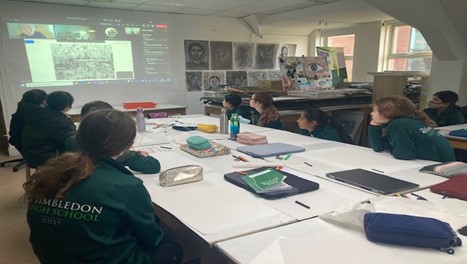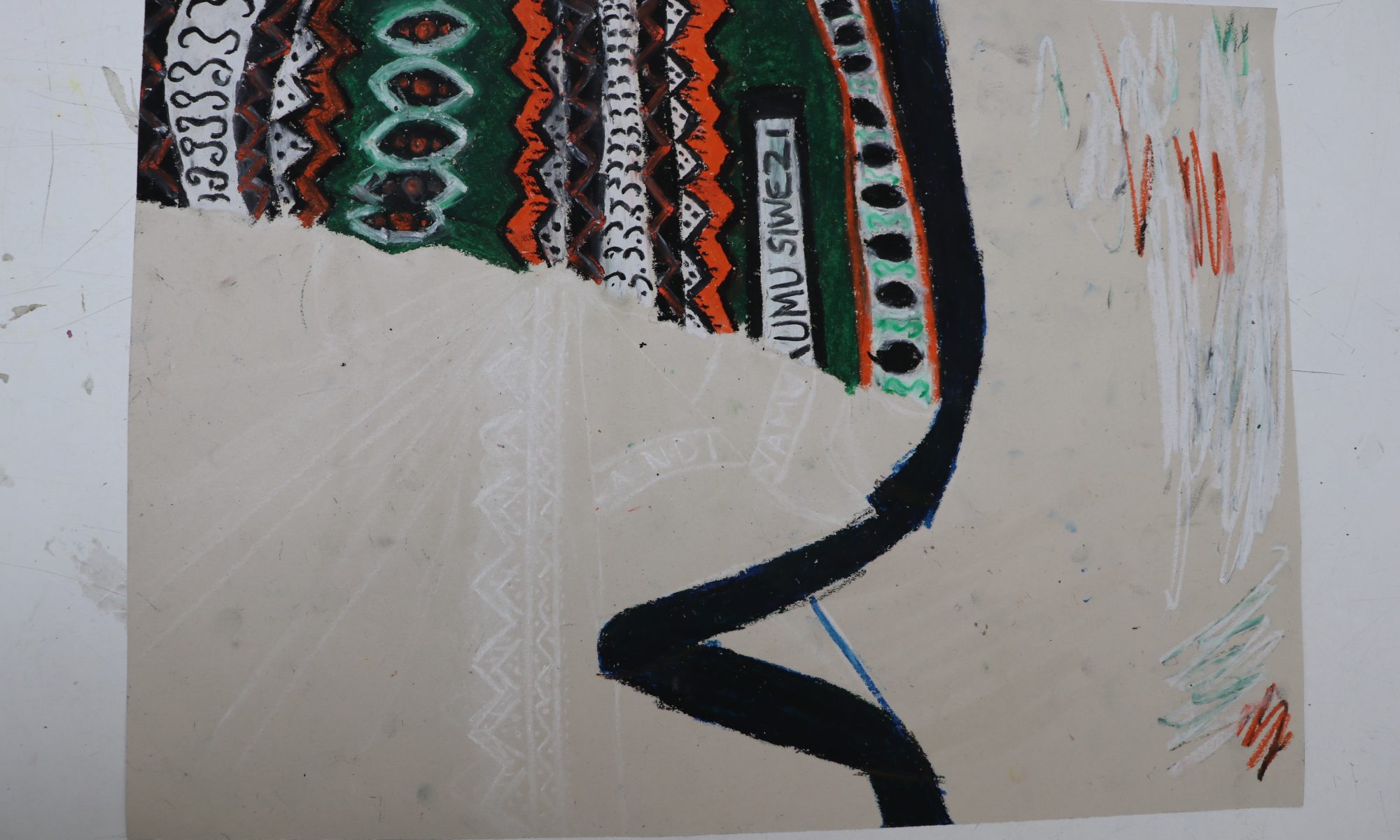Art teacher Elin Mbeyela considers the power of abstract art, and discusses how debate and inquiry are central to the Art curriculum at WHS, allowing students to develop an open-minded and experimental approach in their own work
I remember how I felt, as I stood in front of Ai Weiwei’s piece at his unforgettable and ground-breaking exhibition at the Royal Academy in 2015. His commemorative installation piece, titled ‘Straight’, consisted of 90 tonnes of steel-reinforced rods straightened by hand after being mangled in the Sichuan earthquake. The rods were laid out meticulously and created a dense carpet that overwhelmed the space, and on the wall overlooking the rods were the names of over 5,000 children killed due to the poorly constructed buildings.
Adrian Locke, co-curator at the RA commented, “it is a very sombre and sobering work when you see it, it has this kind of power and silence about it…it bears a real sense of loss of life”[1]. I was reduced to tears by this provocative yet poignant piece. I was also reminded of how art can be used as an expression of our thoughts, emotions and intuitions, and that it is even more personal than that: it’s about sharing the way we experience the world. This means it provides a platform for much discussion and debate.
How do we encourage this discussion and debate?
We embed discussion and debate in our curriculum at WHS, right from Year 7. During the students’ first autumn term in Senior School, we explore colour theory and abstract art. We look at a range of artists such as Frank Bowling, Jade Fadojutimi and Gillian Ayres, encouraging students to see with their mind what they don’t see physically – in essence, prompting them to explore how abstract art enables the artist and the viewer to perceive beyond the tangible. Fadojutimi’s large scale gestural paintings explore identity and emotion; she uses colour flamboyantly and applies the oil paint in thin layers, creating depth with expressive mark-making.

Through group discussions we ask students the following –
- How do you feel when you look at this piece?
- How is the work abstract?
- Does the artist explore any particular subjects / themes / moods / issues / messages?
- Comment on the visual elements in the piece – line, shape, tone, texture and space. How do they help communicate ideas and reinforce a message?
- How could this artist inspire your own work?
- What media, techniques, styles and processes have been used? How do they affect the mood of the artwork and the communication of ideas?
Jennifer Higgie, writer and critic, comments on Fadojumiti’s paintings, “Art is not an explanation: it’s a shot of energy, a flash of colour; a shimmer, a reaction, a line thrown out to see who might pick it up… Jadé tells me that her aim is for “deep emotion, not deep description”.”[2]
To many, the intangible nature of abstract art is uncomfortable, and they desperately want to seek some understanding and meaning in what they see. This can lead some to mock such art, and to think it is not worth their attention. In essence, they want to be able to decipher and understand it.
Meanwhile, our students engage in thoughtful, creative discussions about Fadojutimi’s work. They are curious and fascinated by the possible hidden meanings and messages in her paintings. But ultimately what they are struck by is that there is no universally accepted theme or subject, and that the work allows them to make individual visual connections, thoughts and interpretations.
Following our discussion, students enjoy experimenting with paint techniques such as impasto and sgraffito and explore mixing their own colours by applying their colour theory knowledge. This marks the initial stage of planning for their own abstract painting.

To conclude
We value highly students’ ability to be curious; through encouraging debate and discussion in the classroom, we instil in our learners that engaging with art contributes to the refinement of emotional meaning and improves communication and interaction with others. It allows them to think creatively and expressively, without limits or boundaries. These skills are not just fundamental to studying Art but, with the school’s innovative approach to STEAM, they are crucial to our interdisciplinary curriculum.
[1]https://amp.theguardian.com/artanddesign/2015/jun/15/ai-weiwei-ra-show-sichuan-earthquake-chinese-artist-steel-rods
[2]https://www.amazon.co.uk/Jad%C3%A9-Fadojutimi-Jesture/dp/1910221295

